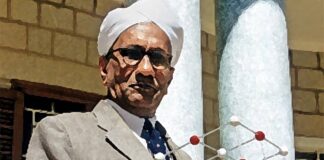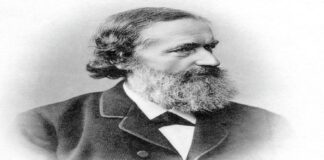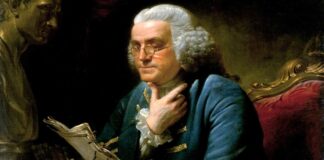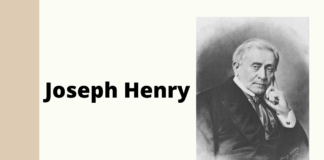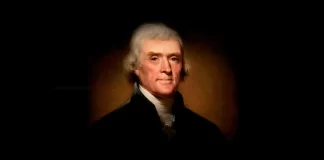Shri C.V. Raman: Indian Physicist Behind the Field of Light Scattering
Shri C.V. Raman: The Indian physicist behind the field of light scattering. C.V. Raman was the first person from Asia to be awarded the Nobel Prize. Know more about his life in this article.
Gustav Kirchhoff: One who coined the term Black-Body Radiation
Gustav Kirchhoff contributed to explaining electrical circuits, spectroscopy, and the emission of black body radiation by hot objects.
Benjamin Franklin: A Brilliant Inventor, Statesman, and Scientist
Know how Benjamin Franklin was a multi-talented American inventor, civic activist, statesman, soldier, and diplomat. He was also one of the most important Founding Fathers of the United States.
Simulation Theory: All Possibilities of Reality is Artificial Simulation
Is the Universe a Computer Simulation? Is Simulation Theory proposed?, Is all the aspects of reality, including the Earth and the Universe is really an artificial simulation? Know in this article.
Augmented Reality: Technologically Augmented Version of the Real World
A technologically augmented version of the real world that is created through the use of digital visual elements, music, or other sensory stimulations.
What lessons can we learn from Albert Einstein?
we can help us remain more creative in our work, How to stay engaged and think creatively. The following are what we should learn from Albert Einstein.
Joseph Henry: Who led the Creation of Electromagnets
Joseph Henry Who led to the creation of electromagnets, the discovery of self-inductance, and the mutual inductance of Michael Faraday.
Thomas Young a British polymath and physician
Thomas Young Biography, a British polymath and physician, better known as "The Last Man Who Knew Everything". Learn more about him.
Vote Vapasi Dhan Vapasi: Solution for all Problems in India
With the main objective of providing solutions to India's socio-political challenges, this Vote Vapasi Dhan Vapasi book is a must-read book for all book enthusiasts.
Thomas Jefferson: Architect of American Democracy
Life of Thomas Jefferson the third President of the United States, his achievements, and his enduring contributions to American democracy.
Freeman John Dyson: Theoretical and Mathematical Physicist
Who was Freeman Dyson? Find out why he is known for his contributions to quantum electrodynamics, physics, astronomy and nuclear engineering.
Why ‘Be Alone’ Isn’t the Ultimate Answer: The Hidden Costs of...
Everyone tells you to 'be alone' to grow, but is solitude really the key to happiness and success? Discover what science and Gen Z data reveal about the hidden risks of isolation.
